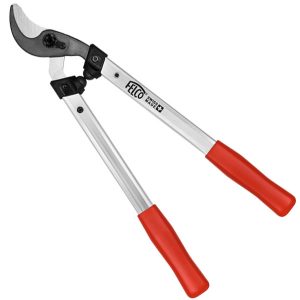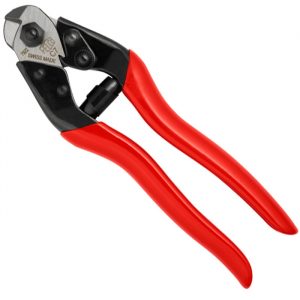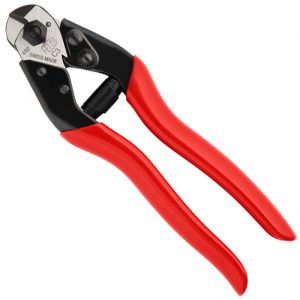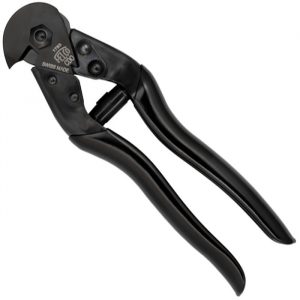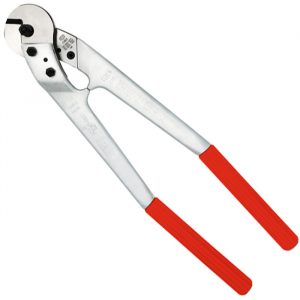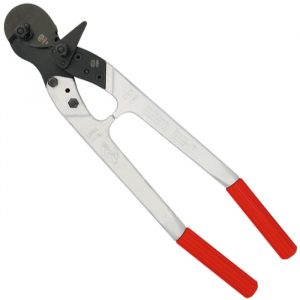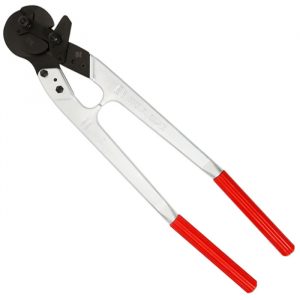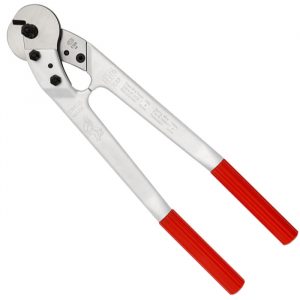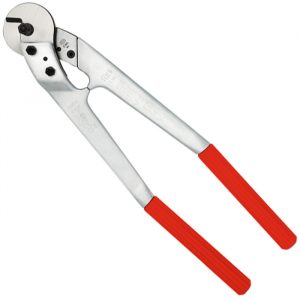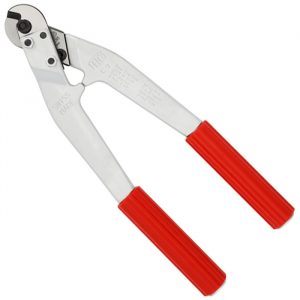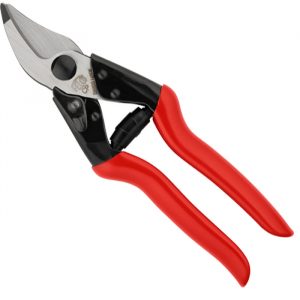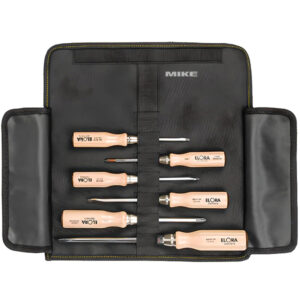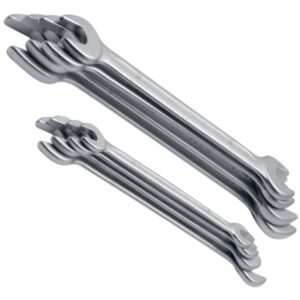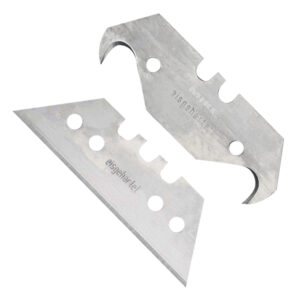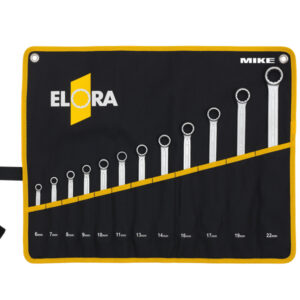Cable Cutters Cuts heavy gauge of cables like butter. Designed for sharp & clean cutting of aluminum or copper stranded cables. Also capable to cut Hydraulic hoses which are often used in forest industry in Europe. Hooked jaw keeps cable between blades while cutting without crushing or distortion of cables.
A cable cutter is a tool designed to cut through various types of cables, wires, and cords. It is commonly used in electrical work, telecommunications, networking, and other industries where cable management is important.
Cable cutters are typically handheld tools with two sharp jaws or blades that come together to shear through the cable. The jaws may be operated by handles, levers, or hydraulic mechanisms, depending on the type of cable cutter. The blades of cable cutters are usually made of hardened steel to provide the necessary cutting strength and durability.
There are different types of cable cutters available, each designed for specific cable sizes and materials. For example, there are cable cutters for cutting electrical cables, coaxial cables, fiber optic cables, and more. Some cable cutters are designed for one-handed operation, while others may require the use of both hands.
When using a cable cutter, it is important to ensure proper safety precautions, such as wearing protective gloves and eyewear, especially when dealing with high-voltage electrical cables. Additionally, using the correct type and size of cable cutter for the specific cable being cut is important to achieve clean and accurate cuts while minimizing the risk of damage or injury.
How to choose a cable cutter?
When choosing a cable cutter, there are several factors to consider to ensure you select the right tool for your needs. Here are some important factors to take into account:
- Cable Type and Size: Consider the types of cables you frequently work with and their sizes. Different cable cutters are designed for specific cable types, such as electrical cables, coaxial cables, or fiber optic cables. Ensure that the cable cutter you choose is suitable for the cables you work with and can accommodate the sizes you commonly encounter.
- Cutting Capacity: Check the cutting capacity of the cable cutter. It is usually specified by the maximum diameter or cross-sectional area of the cable that the tool can handle. Ensure that the cutting capacity of the cable cutter is sufficient for the cables you typically work with.
- Material and Construction: Look for cable cutters made of high-quality materials, such as hardened steel blades, which provide durability and long-lasting performance. A sturdy construction will ensure that the tool can withstand the forces applied during cutting without getting damaged.
- Ergonomics and Comfort: Consider the ergonomics of the cable cutter, especially if you anticipate using it for extended periods. Look for features such as ergonomic handles, non-slip grips, and comfortable hand positions that reduce strain and fatigue during use.
- Cutting Mechanism: Cable cutters may have different cutting mechanisms, such as manual operation, ratcheting action, or hydraulic operation. Choose a cutting mechanism that suits your preferences and the level of cutting force required for your applications.
- Safety Features: Check if the cable cutter has any additional safety features, such as locking mechanisms to secure the tool when not in use, insulated handles for electrical work, or built-in wire stripping capabilities. These features can enhance safety and convenience during cable cutting tasks.
- 7. Brand and Reviews: Consider reputable brands known for producing reliable and high-quality tools. Read customer reviews and ratings to gain insights into the performance, durability, and user experiences of different cable cutter models.
By considering these factors, you can choose a cable cutter that meets your specific requirements, ensures clean and accurate cuts, and provides a comfortable and safe cutting experience.
Cable Cutters
Showing all 14 results



